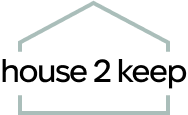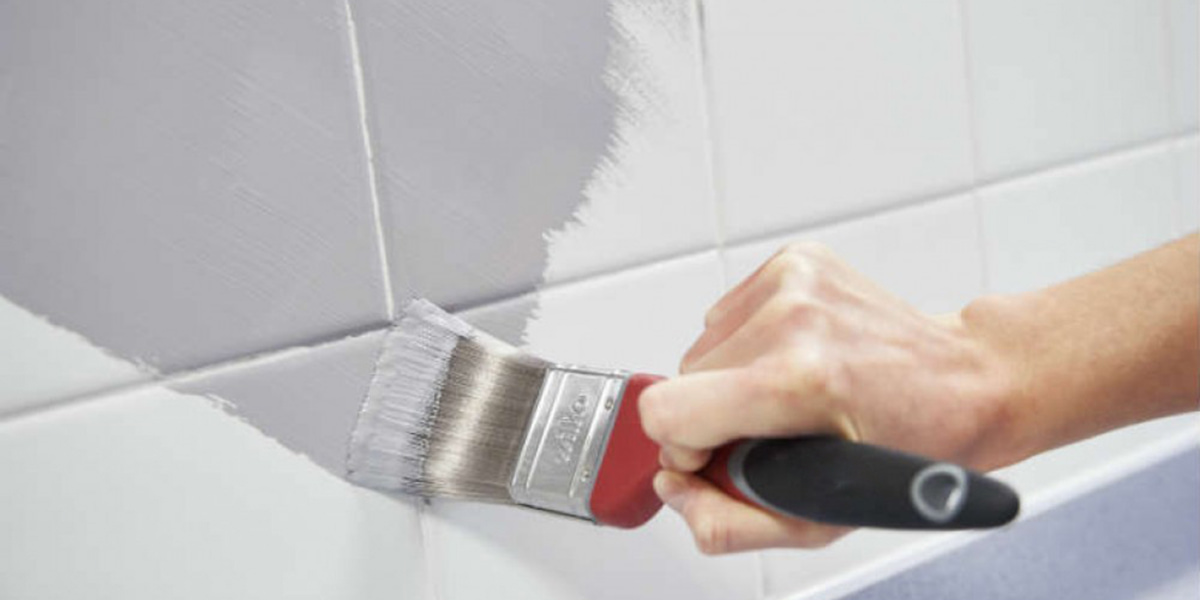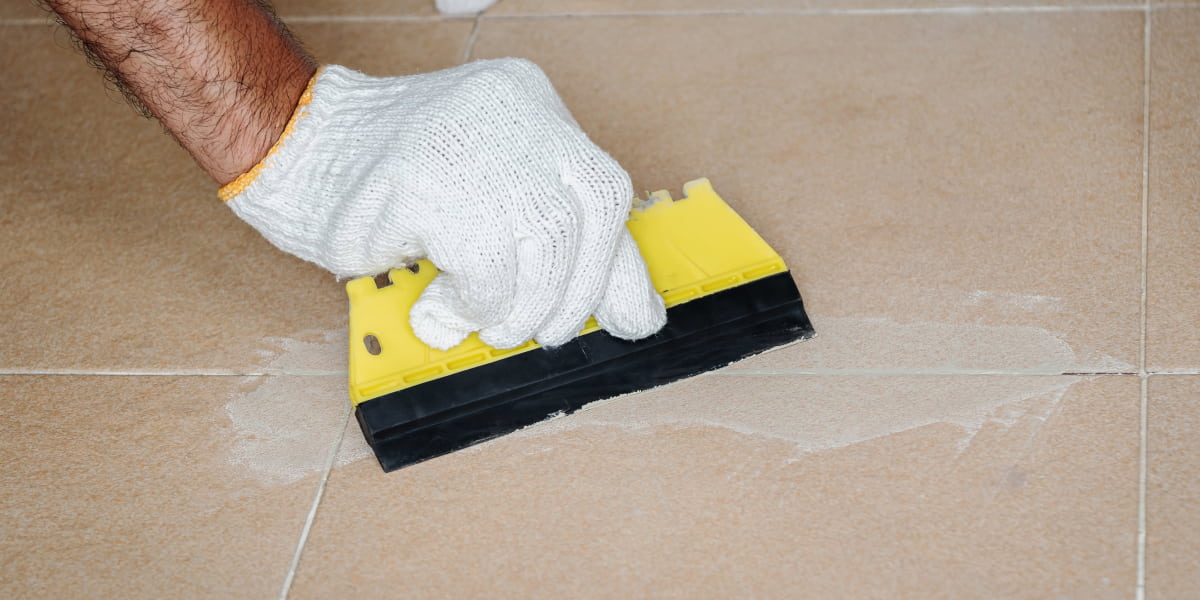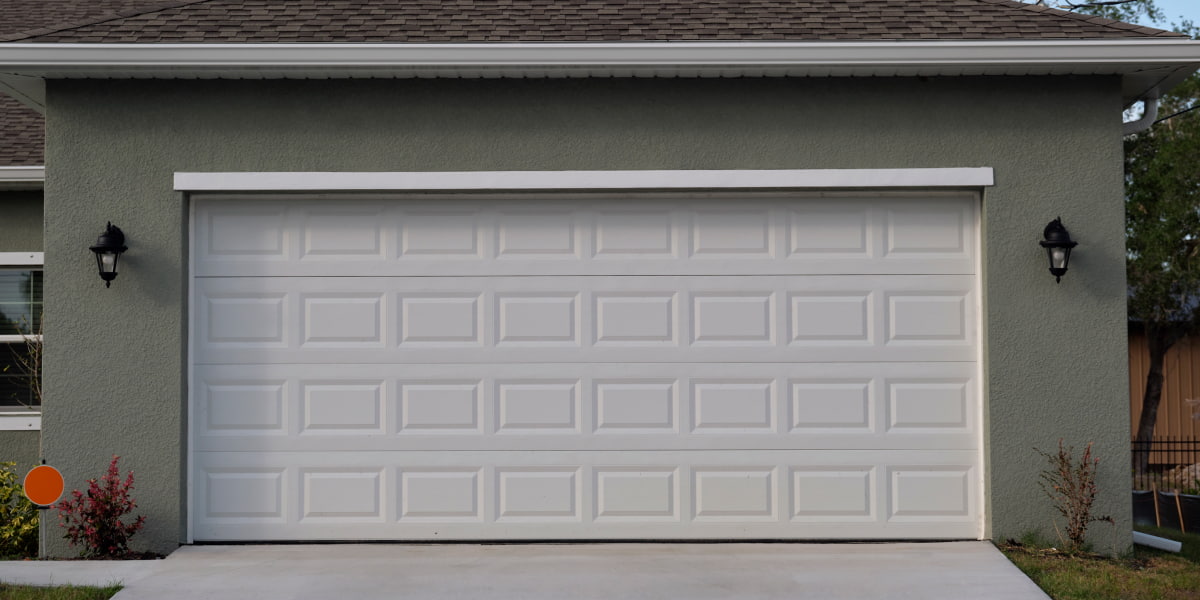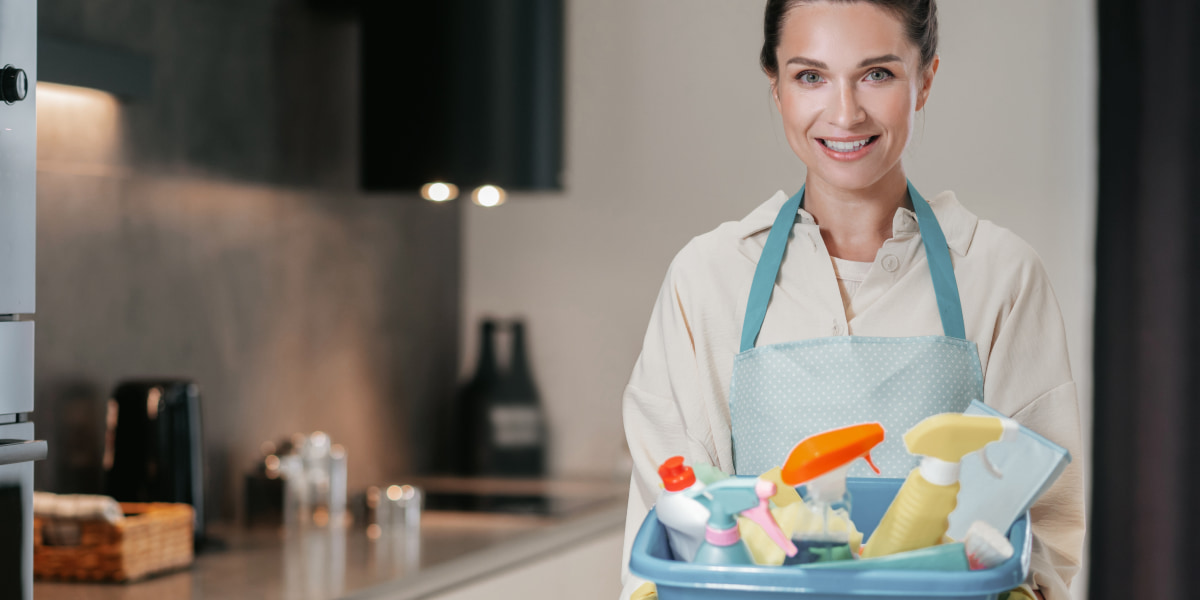Published on February 26th, 2023
Last updated on February 26th, 2023
How To Remove Mold From Drywall Completely? Complete Guide
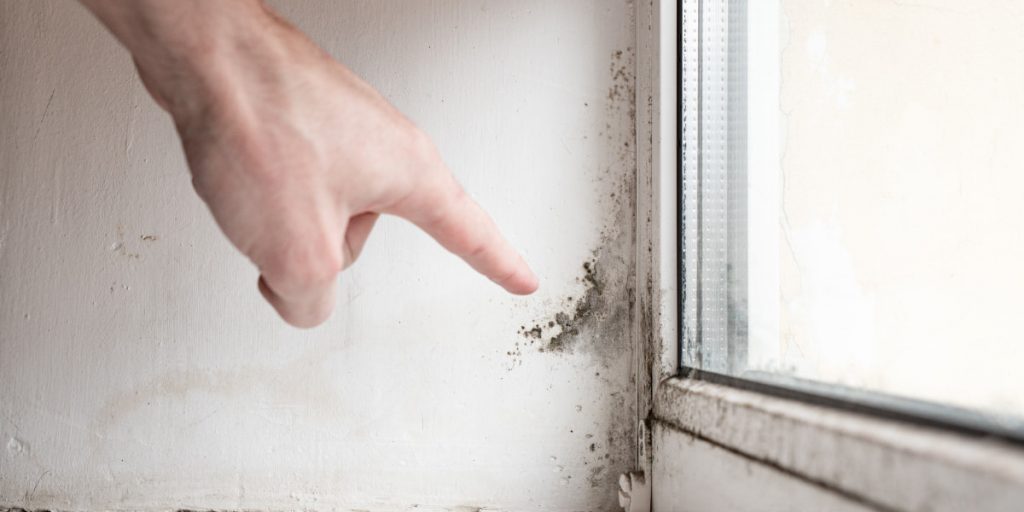
Mold can completely ruin the impression of the repair. You can get rid of it with some tools and bleach. During the use of the room with drywall walls, they can show stains, mold, or mildew. If mold has appeared on the walls, it indicates an unfavorable microclimate. It serves as a breeding ground for bacteria.
Knowing the nature of these problems, solving them with improvised means will be easier. You can prepare them yourself or buy them in specialized stores. The development of mold on drywall walls is usually due to:
- dampness;
- moisture in the room.
If you find mold on drywall, you need to assess the extent of the problem properly. Next, you need to decide how to remove mold from drywall. Methods of fighting depend on the scope of the problem. The mold stain can be small or large, which will determine further actions. For stains, like fungus, you can remove them from the surface using a metal spatula. For step-by-step instructions for mold on drywall removal, read our article below.
Why Do You Have Mold On The Drywall?
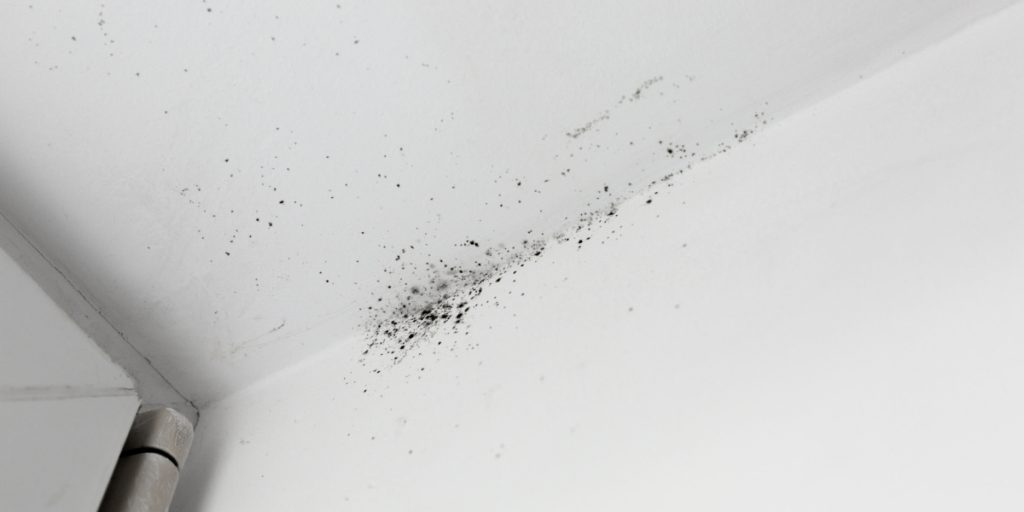
Fungi always appear in conditions of heat and high humidity. The main factors that provoke their reproduction include:
- Crevices (small holes) in pipes. Water enters the room a drop per hour, so immediately, it is unnoticeable. If the communications are covered with plasterboard cladding, fungi can settle on them;
- If the upstairs neighbor leaks, contamination will appear in the bathroom. Waterproofing in apartment buildings does not provide 100% protection;
- For a similar reason, fouling can appear in the kitchen or shower. There is periodically high humidity, which complicates the situation;
- Another reason you need to know while killing mold on drywall is that bad and old ventilation can cause occurrences. This factor is especially evident with infrequent ventilation. For example, when the residents leave the house for a month.
You should remove the plaque as soon as possible. Fungi multiply quickly. They harm the material and human health (provoke allergies, asthma). It is necessary not only to fight the consequences but also to eliminate the cause itself.
How Do I Prevent Mold?
After mold on drywall removal, it can form again. So you need to do everything you can to prevent it:
- revise the ventilation system;
- put a towel warmer in the bathroom to prevent mold under the drywall;
- repair pipes that are leaking.
As they generate moisture, which provokes the appearance of mold fungus. To identify leaks in hidden areas, look for:
- signs of drywall integrity damage;
- changes in surface hue;
- swelling, and looseness.
In addition, you can look at the water meter reading. It can help identify hidden leaks when the faucets are completely closed. So use these tips for killing mold on drywall.
8 Steps For Cleaning Mold From The Drywall
Removing mold from the drywall can be a difficult process. But it’s important to do so to prevent health problems and further damage to your home. If the fungus has affected the sheet’s surface, you should remove it and replace it with a new one.
Remember that fungus and mold can harm health. Drywall is not that expensive to save on health. Removing mold on drywall is a crucial task. But it can be easy, especially if the drywall is painted. If the drywall isn’t painted, you’ll have to replace it. If this is the case, getting help from a professional mold remediation company is best. Here is a step-by-step guide on how to remove mold from drywall completely:
Step 1. Wear Protective Equipment
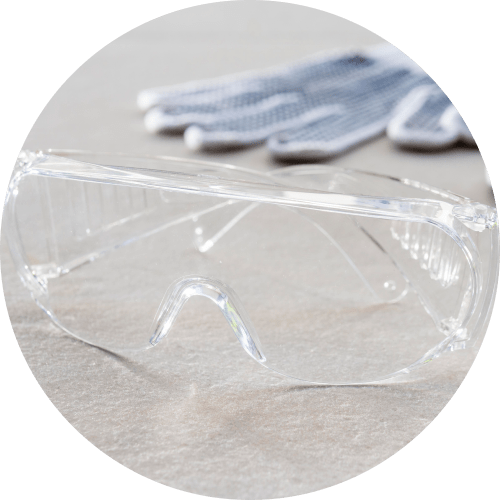
Remember to wear a respirator to protect yourself from spores. When treating walls, damaged mold is released in large quantities. Also, protect your eyes, especially if you work on the ceiling. Wear gloves and cover the surfaces around you with plastic bags or protective clothes.
Step 2. Prepare The Area

After you have put on protective gear, you have to prepare a moldy place. Open windows and doors to improve ventilation. It is a significant step for the removal of mold on drywall. Cover furniture and flooring with plastic sheets to protect them from mold spores.
Step 3. Identify All Affected Areas

Look for visible signs of mold growth on drywall, such as discoloration, staining, or a musty odor. Use a flashlight to inspect the wall and identify all affected areas.
Step 4. Remove Any Porous Materials
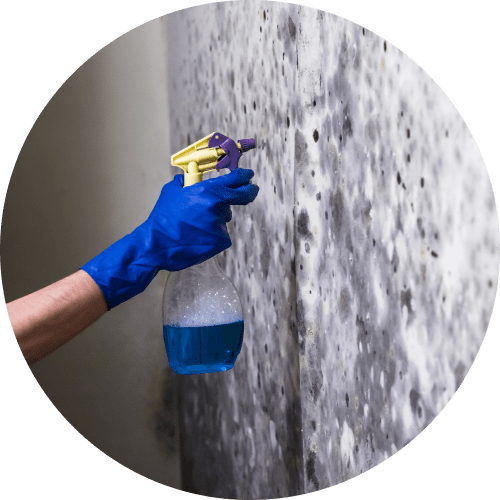
If the mold has affected any porous materials, such as insulation or drywall paper, remove them completely and discard them in a plastic bag. It will prevent the mold from spreading.
Step 5. Clean The Surface
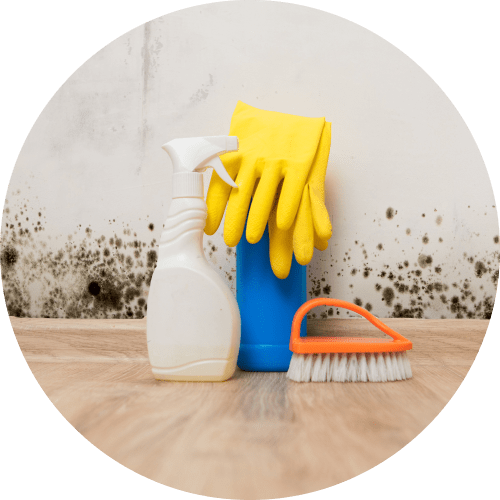
Mix equal parts of water and bleach in a spray bottle. Spray the affected area with mold on drywall and let it sit for 10 minutes. Scrub the area with a brush to remove the mold, and rinse it with clean water. Repeat the process if necessary.
Step 6. Dry The Area Thoroughly
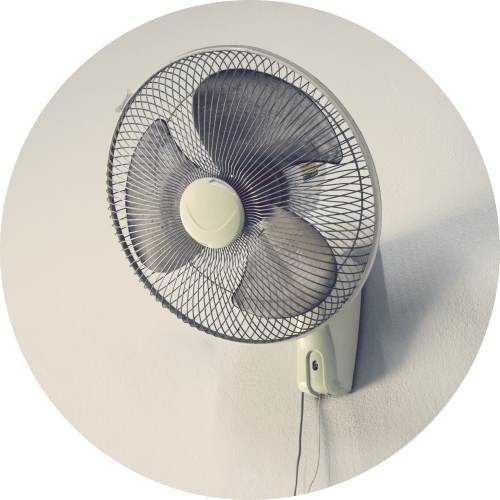
Use a fan or open windows to circulate air and speed up the drying process. It is important for cleaning mold from drywall. Leave the area uncovered for at least 24 hours to allow it to dry completely.
Step 7. Repair The Drywall
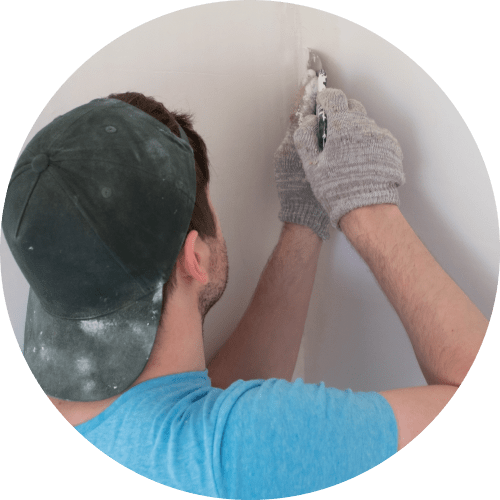
Once the place is dry, cut out the affected part of the drywall and replace it with a new piece. Apply a mold-resistant primer before painting the wall to prevent future mold growth.
Step 8. Clean Up

Dispose of any materials removed from the wall in a sealed plastic bag. Clean your protective gear and any tools used during the mold removal process.
Bottom Line
Mold on drywall appears due to high humidity, as well as due to insufficient ventilation. Therefore, as a preventive measure, you should carefully inspect the pipes and, if necessary, replace the ventilation system. You can remove plaque with fungicides, antiseptics, and other compounds.
FAQ
Should I replace moldy drywall?
Yes, it is recommended to replace moldy drywall. As mold can cause health problems and can spread if not properly treated. Drywall is a porous material that can easily absorb moisture, making it a prime spot for mold growth.
Can you get mold out of the drywall?
It’s possible to remove mold from drywall, but it can be a difficult and time-consuming process. Cleaning small surface mold from drywall can be done with household bleach and water. Still, removing and replacing the affected drywall for larger infestations is often necessary.
Can you paint over moldy drywall?
Painting moldy drywall is not recommended. As this will not remove mold and can exacerbate the problem by trapping moisture inside the wall. Mold needs to be properly eliminated by removing the affected drywall.
Does vinegar kill mold on drywall?
Vinegar can kill surface mold on drywall. Vinegar has a high acidity that can kill mold spores and prevent them from growing, but it can not reach mold colonies that spread deep inside the drywall.
